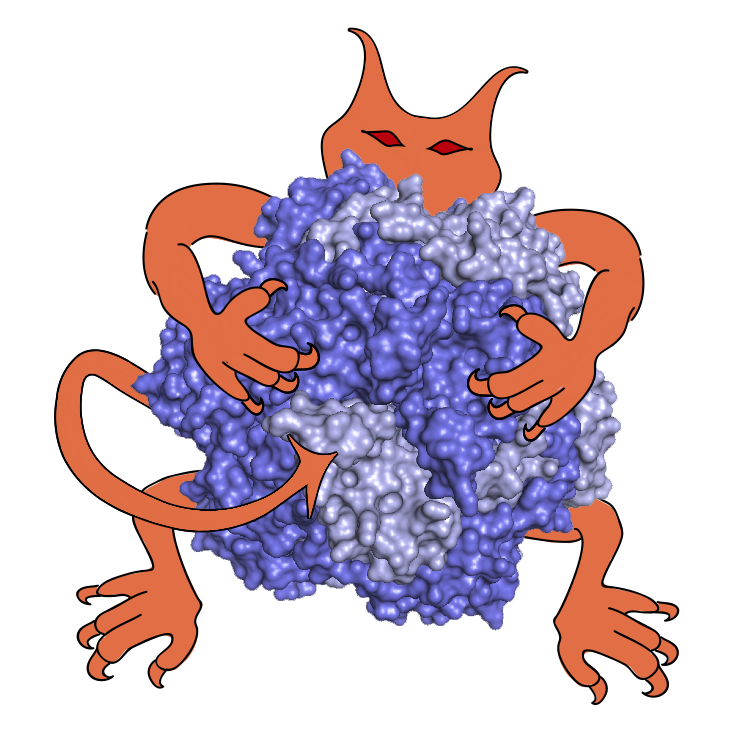 |
|
IMP Manual
for IMP version 2.11.1
|
IMP uses SWIG to wrap code C++ code and export it to Python. Since SWIG is relatively complicated, we provide a number of helper macros and an example file (see modules/example/pyext/swig.i-in). The key bits are
swig.i-in in the module pyext directoryIMP_SWIG_VALUE(), IMP_SWIG_OBJECT() or IMP_SWIG_DECORATOR() line per value type, object type or decorator object the module exports to Python. Each of these lines looks like IMP_SWIG_VALUE(IMP::module_namespace, ClassName, ClassNames);
%include lines, one per header file in the module which exports a class or function to Python. The header files must be in order such that no class is used before a declaration for it is encountered (SWIG does not do recursive inclusion)%template call. It should look something like namespace IMP {
namespace module_namespace {
%template(PythonName) CPPName<Restraint, 3>;
}